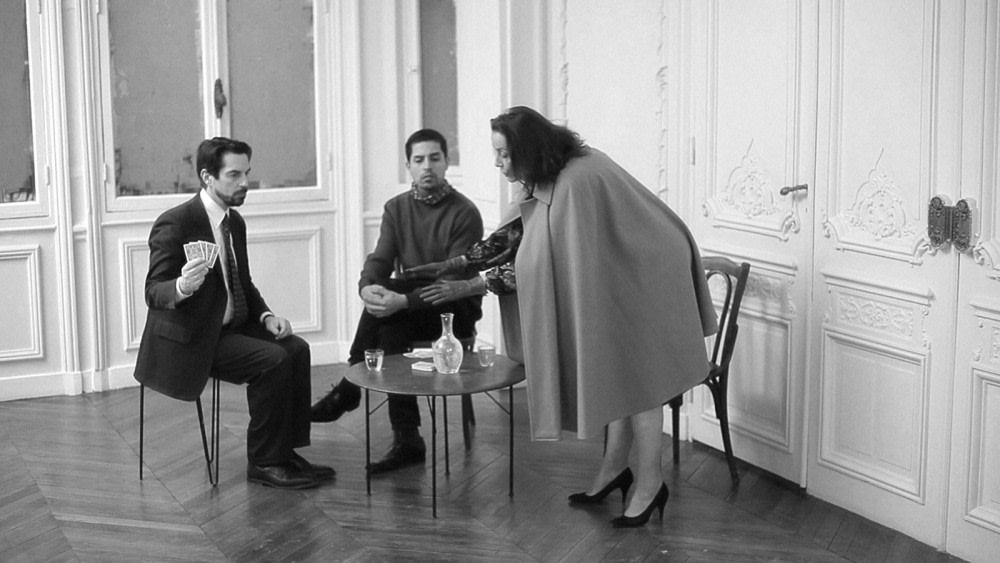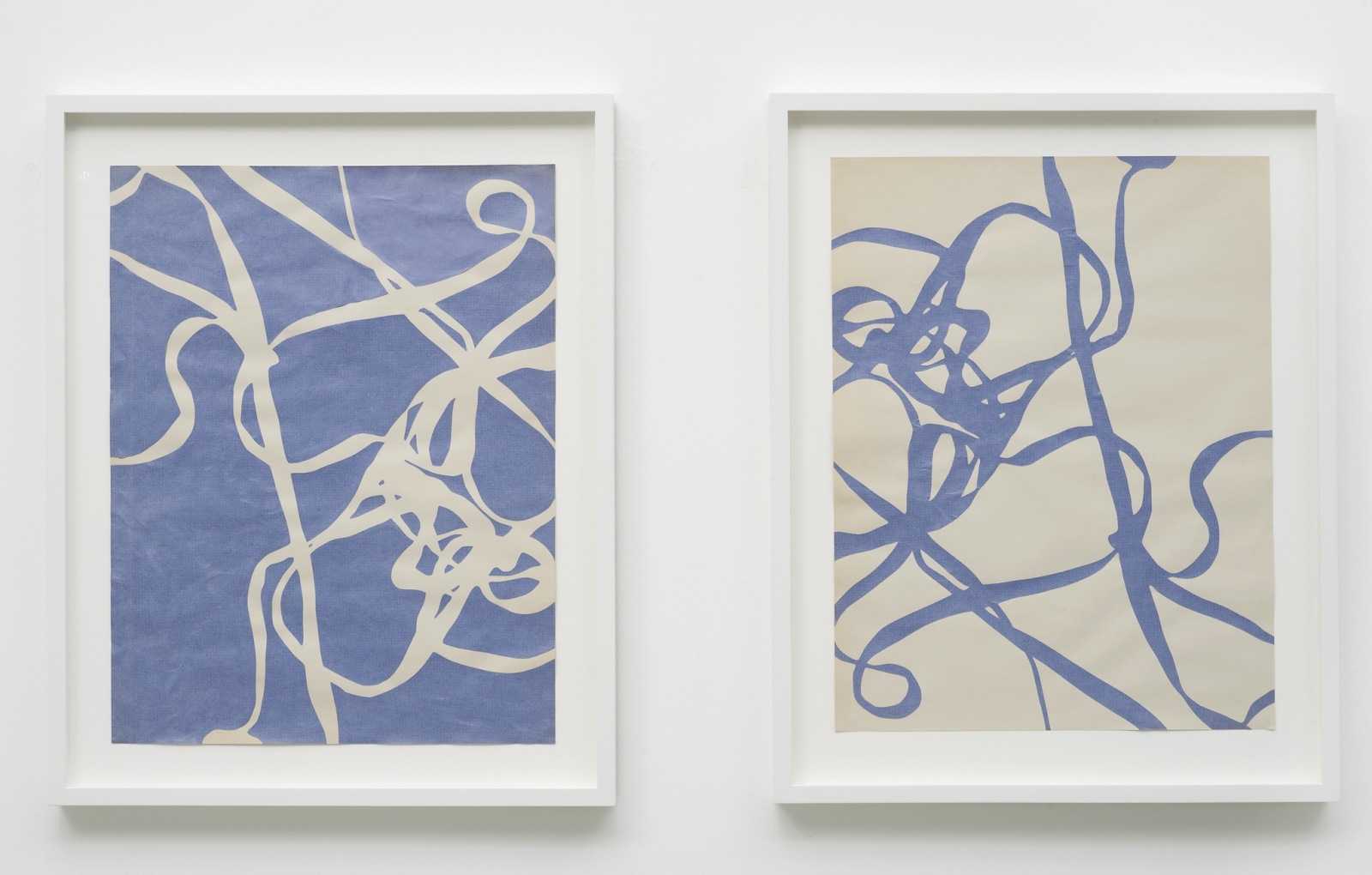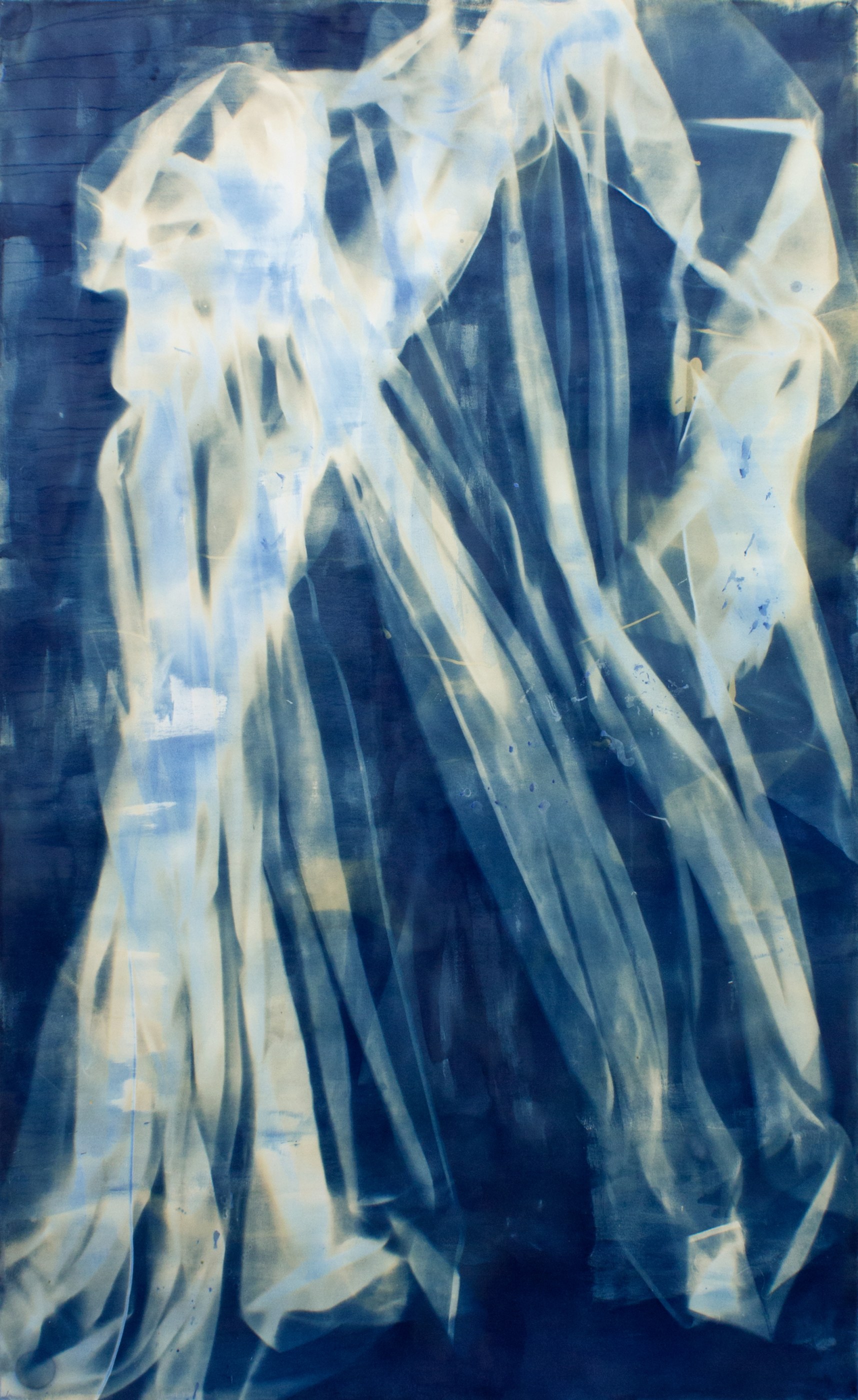Overview
Pilar Corrias Gallery is delighted to present Mirrorsong: an exhibition of new works by critically acclaimed artist Ulla von Brandenburg.
Von Brandenburg draws from a wide variety of historical and cultural references, such as literature, psychoanalysis, theatre, photography, games and magic, as well as older conventions of representation to create complex, multi-layered narratives that investigate the thresholds that exist between reality and fiction. Working with film, drawing, textiles, installation and performance, von Brandenburg engages with popular cultural forms from different eras as a way to explore contemporary collective experience.
For her second exhibition at Pilar Corrias Gallery, Ulla von Brandenburg explores the visual artifice of image duplication, the meeting and confrontation of the real and its projection.
Screened in the main space of the gallery SPIEGELLIED (Mirrorsong), 2012 is made up of two projections; seemingly identical both films were shot separately. Each element that appears in one projection finds itself mirrored in the other and vice versa.
The films commence with two male characters looking at themselves in the mirror while applying make-up. The film captures the interaction between the characters through the mirror. Their duplicated actions reference the duplicated copies of the film itself and the deception of the image.
SPIEGELLIED (Mirrorsong) explores aspects of theatre and constructed behavior through performance. As the male characters participate in a game of cards, their dialogue refers to them playing within a play and the duality of the nature of acting. Rather than speaking, the characters mime to the singing of the soundtrack. It references "singspiel", a form of popular musical drama where spoken dialogue alternates with song, which was widespread in German-speaking countries in the 18th and 19th centuries. Within von Brandenburg's soundtracks the voice (whether that of the artist herself or someone else) is often identical even when different characters are singing.
As with many of von Brandenburg's works, the black and white film is suggestive of certain nostalgia for its mode of production, underlined by the anachronistic diction of the song and the ritualistic action of the characters. The artist explains this choice as a desire to give her images a timeless quality, not easily located in any particular period.
The mobile fabric panel is perhaps the most emblematic and well- known feature of Ulla von Brandenburg's practice. For Mirrorsong at Pilar Corrias Gallery, the artist has created a new large-scale fabric work entitled Sail, 2012. It floats across the ceiling in the main gallery space. Created in response to traditional landscape murals, the colours of the ceiling spans from land-to-sky. The interior space has been expanded to bring the outside in; yet as with the film the landscape has been flipped.
The exhibition continues downstairs with an installation of the artist's cutouts and sculptures.




![Ulla von Brandenburg Fleder maeuse [Bats]2012 Paper cutout 74 x 64.5 cm 29 1/8 x 25 3/8 in](https://artlogic-res.cloudinary.com/w_800,c_limit,f_auto,fl_lossy,q_auto:best,dpr_2.0/artlogicstorage/pilarcorrias/images/view/86817ff98a373e0d51e99e1799adc92929119767/pilarcorrias-ulla-von-brandenburg-fleder-maeuse-bats-2012.jpg)

![Ulla von Brandenburg Regal mit Masken [Shelf with Mask]2012 Paper cutout, ink 75 x 63 cm 29 1/2 x 24...](https://artlogic-res.cloudinary.com/w_800,c_limit,f_auto,fl_lossy,q_auto:best,dpr_2.0/artlogicstorage/pilarcorrias/images/view/286f64c0bf06558717e5b482904233d80a09e421/pilarcorrias-ulla-von-brandenburg-regal-mit-masken-shelf-with-mask-2012.jpg)
![Ulla von Brandenburg Segel [Sail]2012 Fabric, rope 15.7 x 5 m (fabric) Rope dimensions variable](https://artlogic-res.cloudinary.com/w_800,c_limit,f_auto,fl_lossy,q_auto:best,dpr_2.0/artlogicstorage/pilarcorrias/images/view/4919f8167918365d46fcf73f9645ead26804e793/pilarcorrias-ulla-von-brandenburg-segel-sail-2012.jpg)

![Ulla von Brandenburg Stock mit Schatten [Walking stick with shadow]2012 Walking stick, tie 70 x 70 cm](https://artlogic-res.cloudinary.com/w_800,c_limit,f_auto,fl_lossy,q_auto:best,dpr_2.0/artlogicstorage/pilarcorrias/images/view/ab2f37305d51ce128116bb752c311424e5c1bf57/pilarcorrias-ulla-von-brandenburg-stock-mit-schatten-walking-stick-with-shadow-2012.jpg)





















